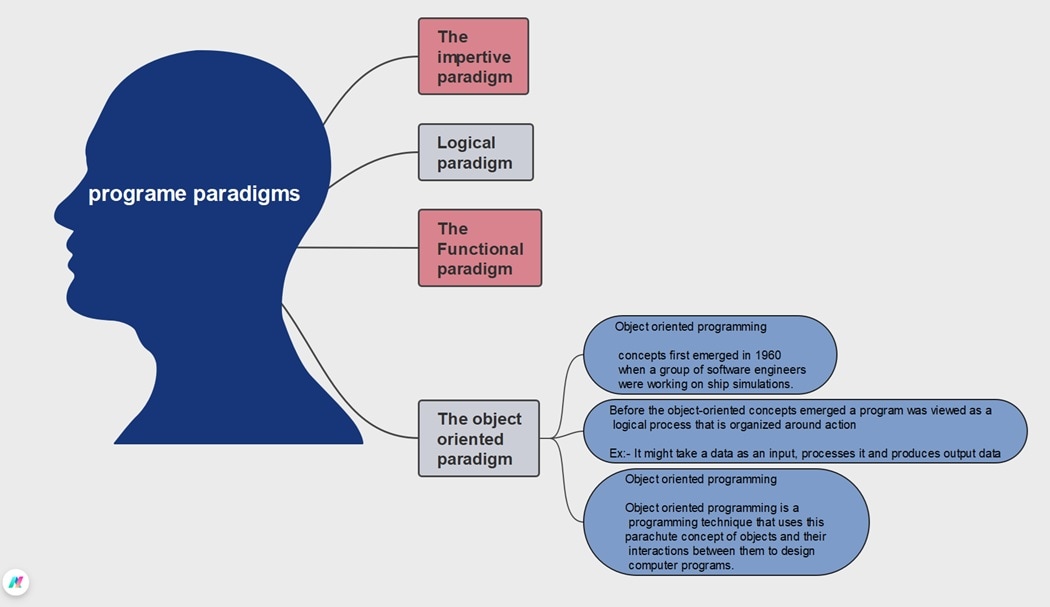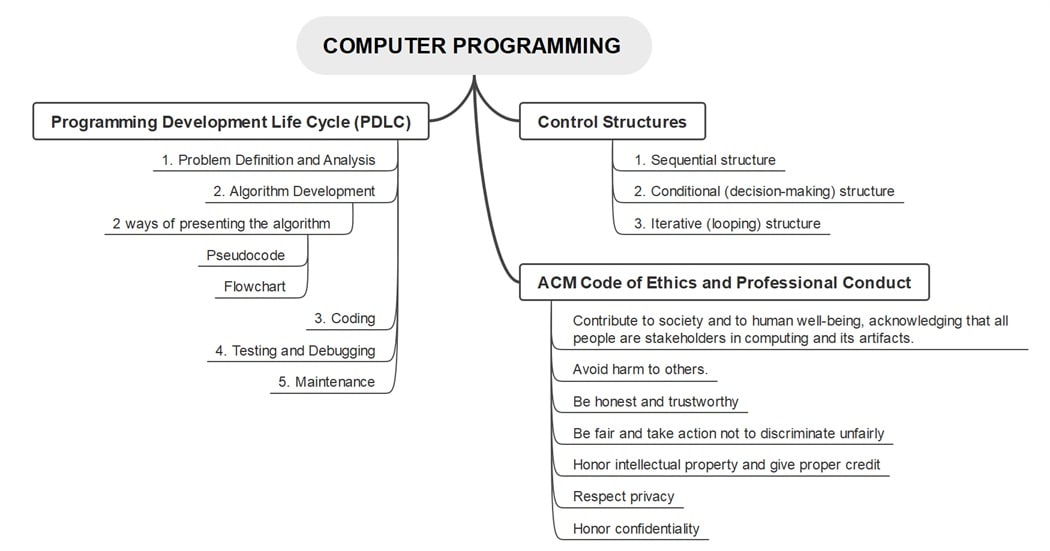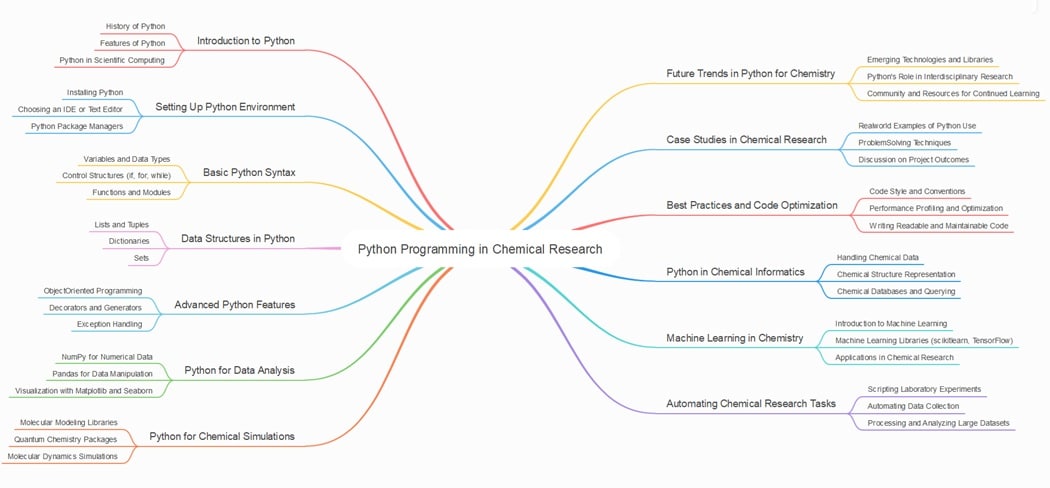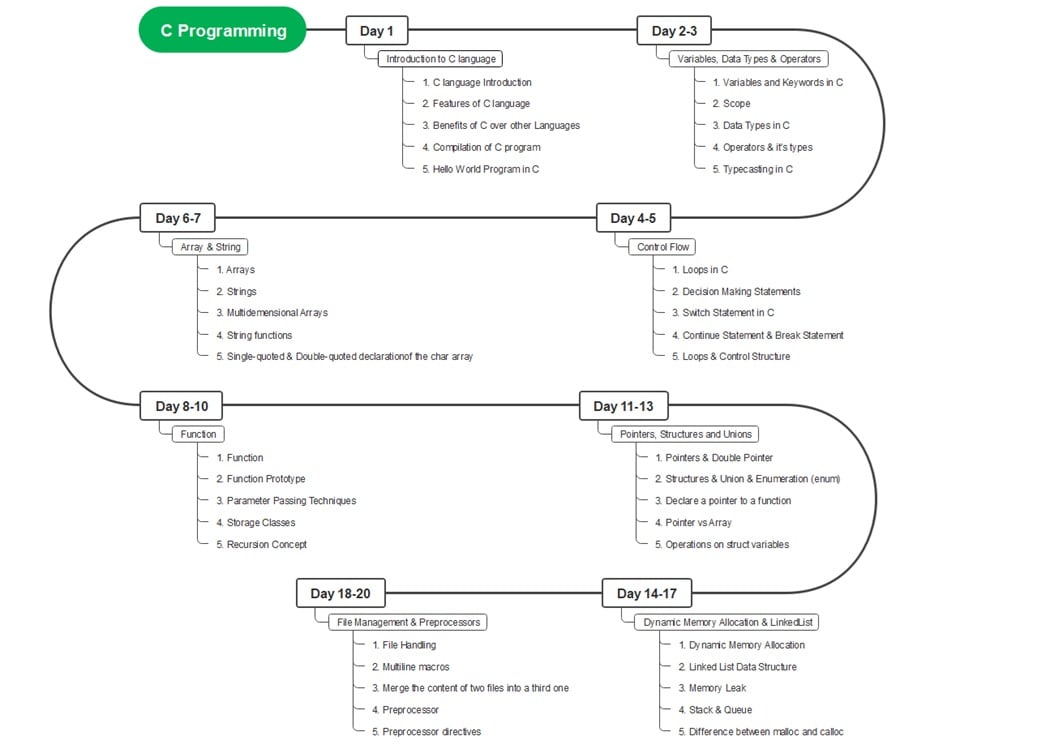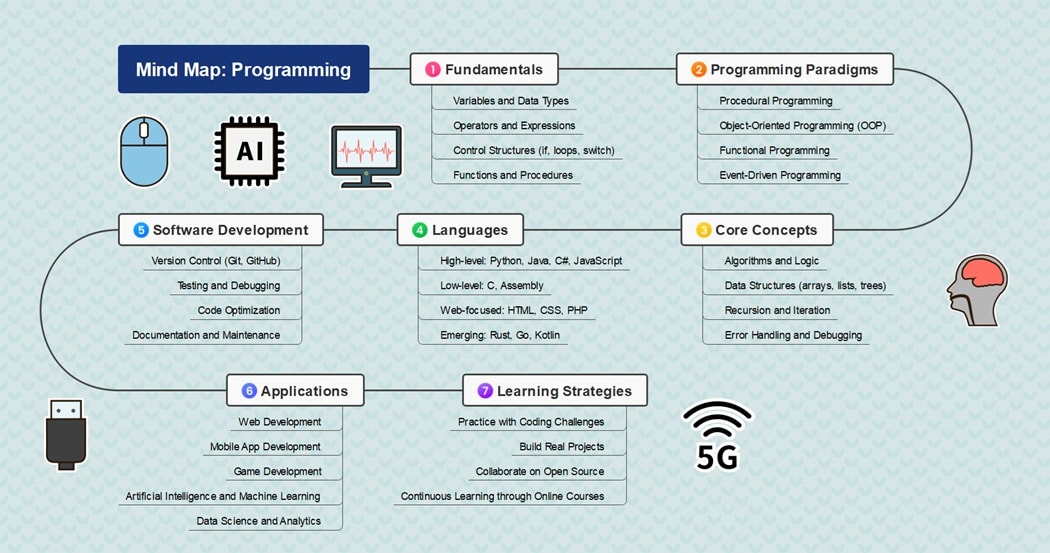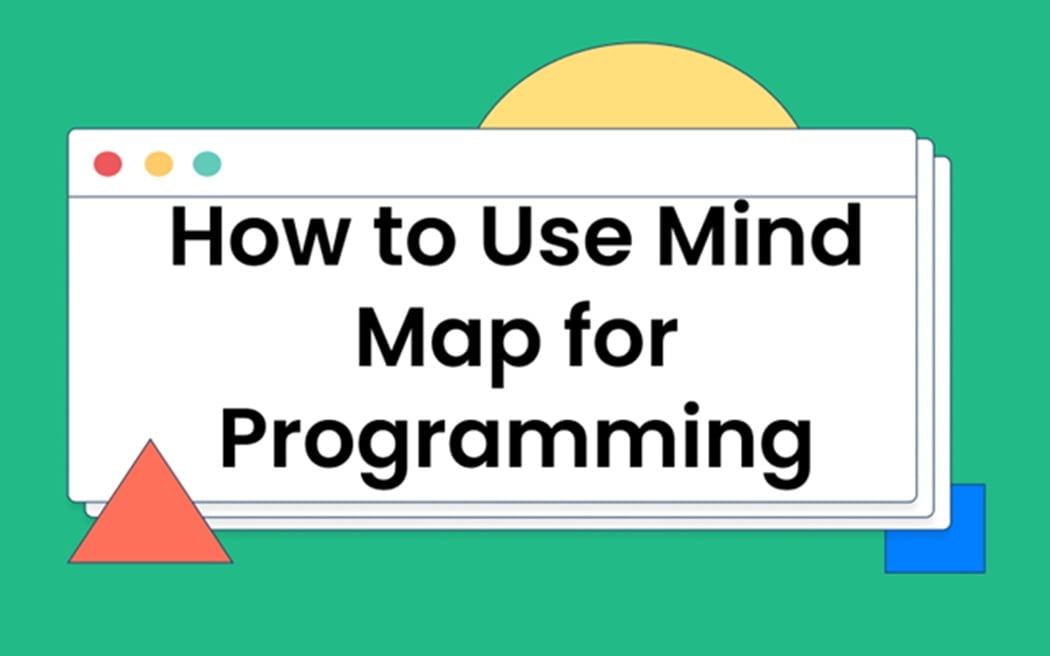
Mind map programming should be a crucial part of designing code.
Due to its apparent benefits and flow of creativity, mind mapping can help programmers take their code to the next level.
This article will dive into mind map programming and an easy way to create one.
In this article
Why Should Programmers Use Mind Maps
Mind maps help give structure to random thoughts while offering the free flow of creativity. Programmers, when developing code, might encounter a range of random ideas in their minds. Mind maps help shape these ideas for programmers to build.
Mind maps are simple to use, as you begin from a core concept and then map out ideas in the form of branches to the core concept.
Mind maps also help programmers in the context of a dilemma, as all they need to do is place the problem in the center and then begin to map solutions around it.
The problem can be split into sub-problems, and the sub-problems into further smaller questions, until they are just minor issues. There are many benefits of using mind maps for programming. Some of them are
- Mind maps meet no formal protocol or standard procedure.
- It is valuable when designing random concepts or ideas.
- It can be used to build a concept out of so many designs/code.
- It helps generate valuable keywords for the code structure.
- It can also help in brainstorming potential areas of problems in the code.
How Mind Mapping Helps Programming
Mind mapping lets you see the bigger picture, so everyone is always related to the central core theme, and at the same time, you can zoom down to the specifics.
There are six types of work in which mind map programming can be used. They are:
Application Architecture

These days, the majority of implementations go past the traditional design routes. Applications need to be crafted to the minute detail and include various aspects like system security and customer experiences.
Overall, structures are essential in simplifying dynamic visualization logic. There needs to be a design flow and structure that can be mapped out using a mind map.
Domain Models
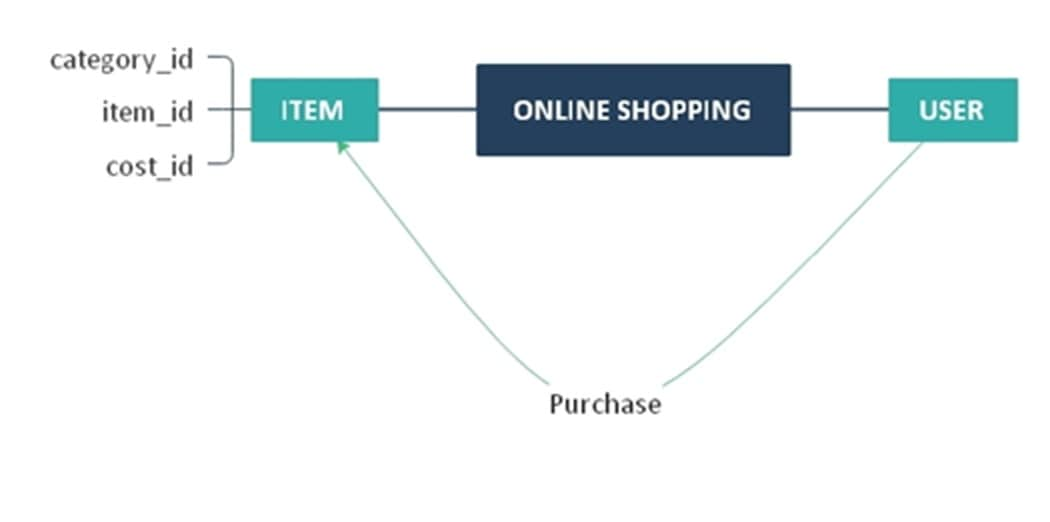
Mind maps are perfect for drafting domain models and brainstorming various functions. All you need to do is set a central node for each entity when thinking about model structure, and use arrows to display their relationships.
Mind maps can also help transfer domains and interactions around until the domain logic is all figured out in a clear mind map. It provides a bird's-eye perspective on various domain models.
Understanding Code
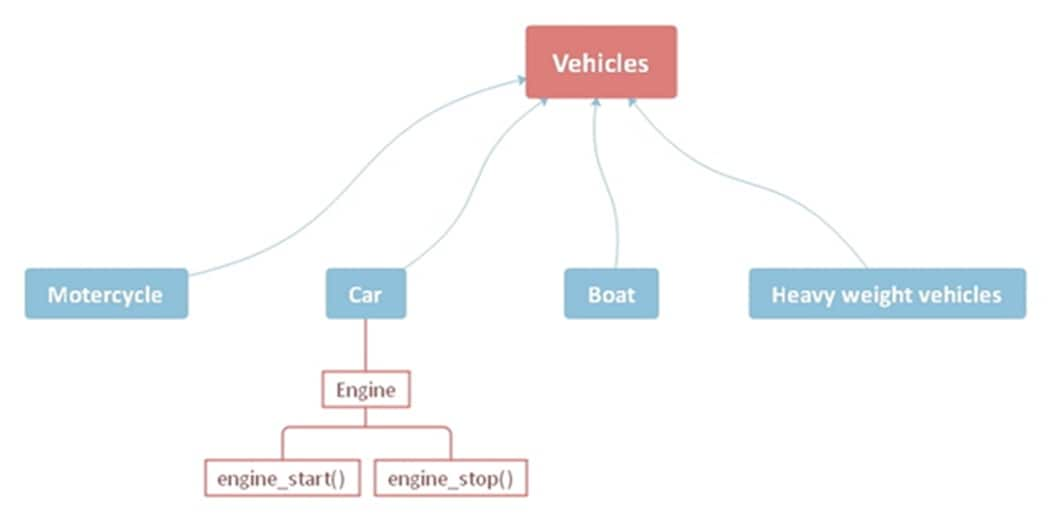
Codes can be complicated and interconnected, making it difficult for the viewer to understand. Mind maps can help provide insight into the functioning of the code and its structure.
From the flow of information to conditional situations, mind maps can help simplify any complicated code.
Mind map programming can help programmers create a more organized path for their code. As well as discover new or existing information that wasn’t obvious before.
Site Maps
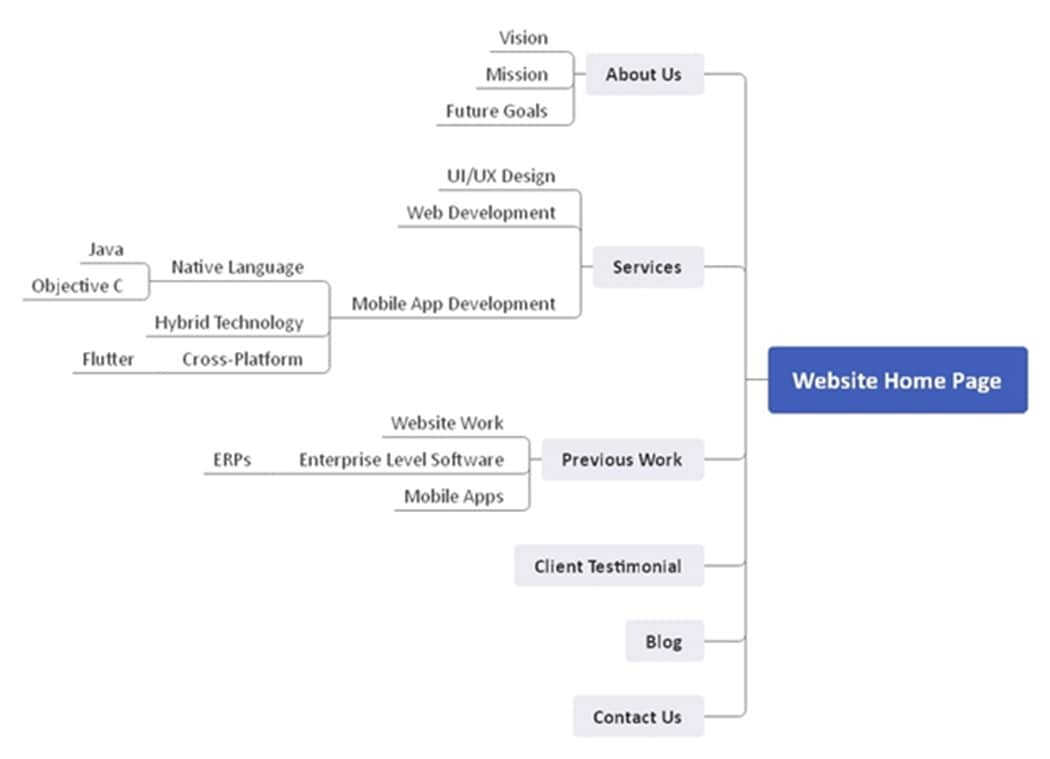
Site maps, in a nutshell, are a list of pages on a website. They help in keeping track of the various pages on a particular website. And play a significant role when developing an application or website.
It is a collection of all the files on a website, and it is essential to keep track of all the pages and files. Mind maps can help give structure to this otherwise haphazard collection.
Treemaps are a sort of mind map that begins from a core concept that gets divided into actions.
Task Management
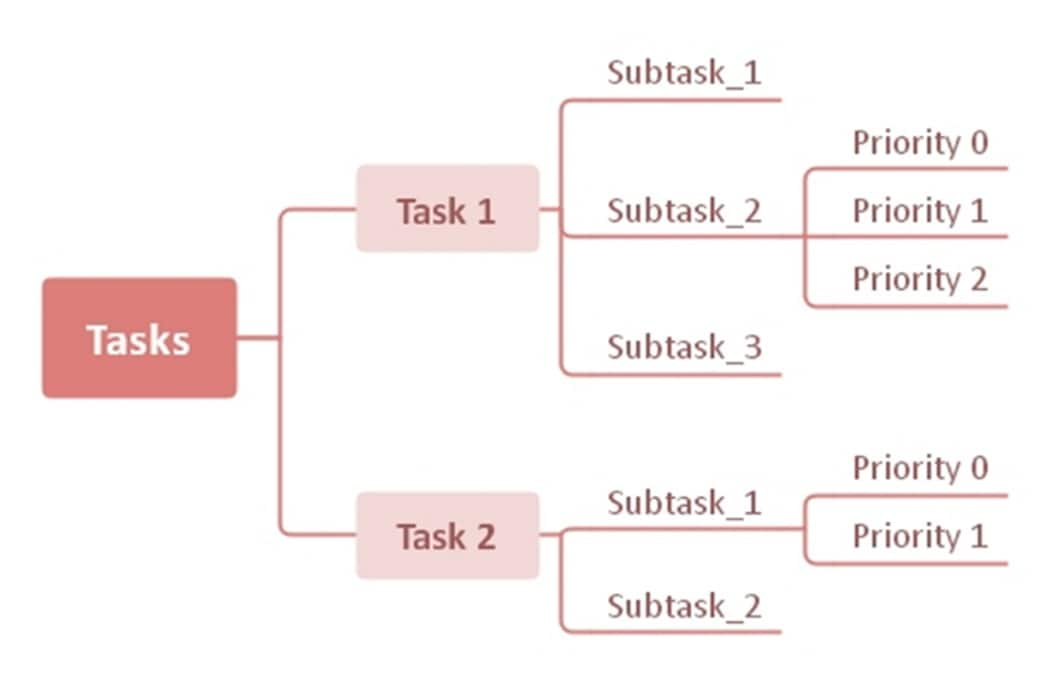
Programmers can effectively utilize mind maps for task management. Effective task management is essential for maximum productivity.
Using mind maps for tasks will help you break items into sub-tasks, incorporate uncommon tasks, and take notes. It is a one-stop platform for all your tasks.
Mind maps are easy to use and help you optimize your time and create a flow of work.
Meeting Notes

Have you ever attempted to jot down all the points talked about in a meeting? It can quickly become tricky. Creating a mind map can make taking meeting notes easier.
You can start with the list of discussions in the middle or top, and then branches for each idea or point that comes up. Sub-branches may apply more specifics.
It keeps details to a minimum and focuses on the critical issues, returning and referring to them super quickly and straightforwardly.
Mind Map Examples for Programming
Here are some mind map examples for programming from Wondershare EdrawMind’s Mind Map Gallery. These templates help developers visualize coding concepts, organize project structures, and plan software workflows. You can learn programming logic more clearly and efficiently.
C Programming
This mind map explains the main parts of C programming, focusing on data types, file management, and memory control. It begins with basic types such as char, int, float, and double that define stored values and memory use.
C also includes derived types like arrays, structures, and unions. Arrays can be one-dimensional, two-dimensional, or multi-dimensional. Structures and unions help group related data and organize programs better.
The map also covers file and memory management. It shows how to use text and binary files, as well as static and dynamic memory systems like arrays, structures, and linked lists for smoother program flow.
Programming Paradigms
This mind map explains different programming paradigms used to design and structure computer programs. It presents four main types: imperative, logical, functional, and object-oriented. Each paradigm offers a unique way to express logic and manage data.
The object-oriented paradigm stands out as a major shift in software design. Emerging in the 1960s, it introduced the concept of organizing programs around data and interactions instead of actions alone. This idea came from early ship simulation projects.
Object-oriented programming uses “objects” to represent real-world entities. These objects communicate and interact, making code modular, reusable, and easier to maintain for complex software systems.
Computer Programming Summary
This mind map explains the fundamentals of computer programming. It starts with control structures that guide how programs run, including sequential, conditional, and iterative forms. These structures ensure that code performs actions logically and efficiently.
It also highlights the ACM Code of Ethics, which promotes honesty, fairness, and respect. Programmers are expected to protect privacy, honor intellectual property, and contribute to society through responsible computing practices.
The final section outlines the Programming Development Life Cycle. From defining a problem to writing algorithms, coding, testing, and maintenance, each step builds reliable software that meets user needs and quality standards.
Python Programming in Chemical Research
This mind map shows how Python supports chemical research from data analysis to advanced simulations. It begins with setting up Python, learning its syntax, and using libraries like NumPy, Pandas, and Matplotlib for data processing and visualization.
Researchers can apply Python to molecular modeling, quantum chemistry, and molecular dynamics. The map also includes automation for lab experiments, large data analysis, and chemical informatics for handling structures and databases efficiently.
It further covers machine learning applications, best coding practices, and real-world case studies. These tools and methods make chemical research faster, more accurate, and adaptable to future technological advancements.
Programming for Beginners
This mind map outlines a 20-day course that builds complete C programming knowledge. It begins with understanding the basics, features, and compilation steps before writing a simple Hello World program to learn syntax and structure.
Learners then explore variables, operators, loops, and arrays through guided exercises. Each day strengthens logical thinking through coding tasks that improve familiarity with functions, pointers, and structures.
The later lessons focus on dynamic memory allocation, linked lists, and file handling. These topics connect coding concepts to real applications and prepare learners to create full C programs confidently.
The Mind Map Tool for Programming
EdrawMind is a powerful software that helps to create efficient and visually appealing mind maps.
Mind maps are the perfect tool when it comes to programming, and when there is a ton of information that needs to be processed and organized.
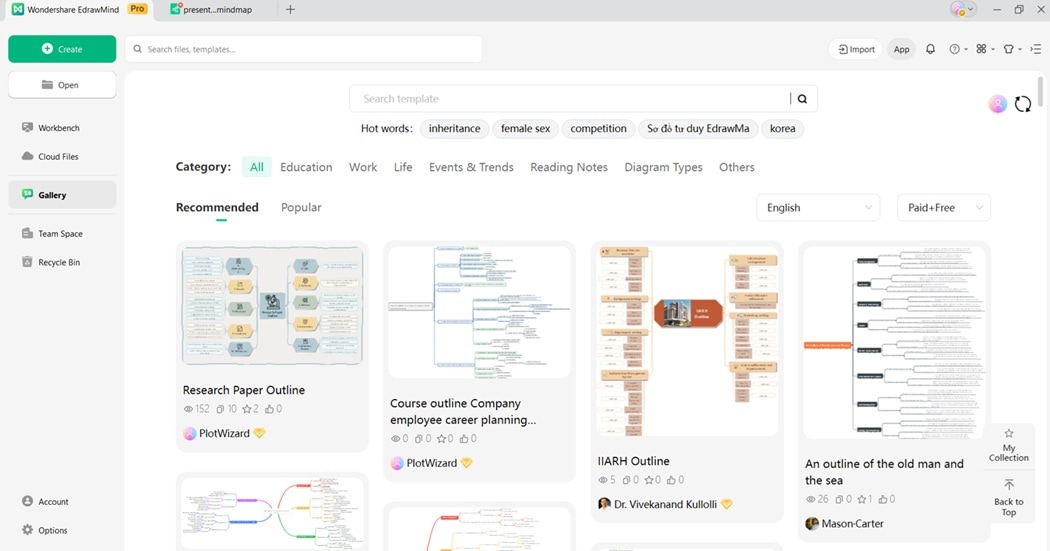
Visually Appealing
The most effective way to explore concepts and create a structure for random ideas is through visualization.
With the built-in presentation feature of EdrawMind, you can easily convert mind maps into beautiful, interactive slideshows in seconds. You can export the slides as an editable PPT or PDF file once you have finished the process.
Group & Collaboration
While working with a team or other external partners, the project plans will be updated for everyone automatically and in real-time. Just email people or create an EdrawMind link.
You choose who can edit or only view the mind map. It helps boost teamwork and also provides security to your designs.
Smart Layout
While you concentrate on your creative process, EdrawMind handles the rest. The intelligent layout keeps the branches ordered and readable. The software has fully automatic arrangements for mind map programming.
Explore More Mind Maps or Make One for Free Now
EdrawMind makes programming mind maps simple and fast to create. With a few clicks, you can organize coding concepts, plan lessons, or visualize development processes.
In the Gallery, you’ll find templates for topics like programming fundamentals, software design, data structures, and algorithms
Choose a layout that matches your goal. Each template provides a ready-to-use structure that you can edit based on your project or study needs. Here’s how you can create your own programming mind map using EdrawMind:
Step 1: Add Your Core Topic
Start with a new mind map and add your main topic, such as “C Programming,” “Python Basics,” or “Software Development.” This central topic will serve as your foundation for organizing code-related ideas.
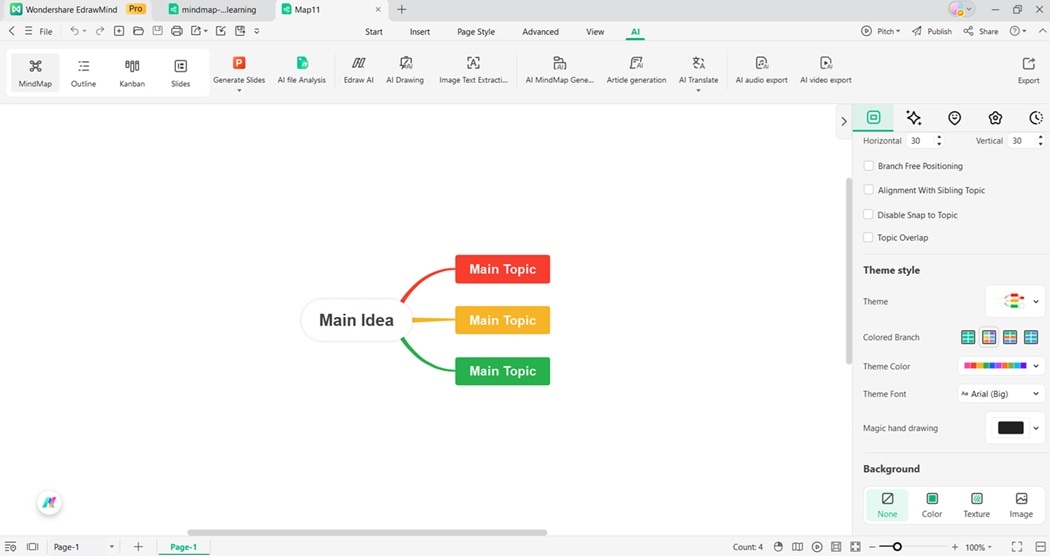
Step 2: Build Key Branches
Add branches for core areas like Syntax, Data Types, Control Flow, Functions, and Memory Management. These sections help outline topics clearly and keep complex programming lessons organized.

Step 3: Customize With Visuals
Use icons, colors, and shapes to highlight related sections, such as loops or functions. This makes technical content easier to read and understand, especially for visual learners.

Step 4: Improve With AI Assistance
With EdrawMind AI, you can generate topic suggestions, summarize coding lessons, or even structure your entire syllabus automatically. It helps make your programming mind map richer and more interactive.
The Programming Mind Map starts with the fundamentals. It includes variables, data types, operators, and control structures that guide how programs make decisions. These basics build logical thinking and create a strong foundation for writing clear, efficient code.
The next part focuses on paradigms and core concepts. It covers procedural, object-oriented, and functional programming. Learners also explore algorithms, data structures, recursion, and debugging. These ideas shape better coding habits and problem-solving methods across different programming languages.
The final part explains languages, software development, and learning strategies. It includes Python, Java, C, and emerging tools like Rust and Go. The map promotes practice, building projects, collaboration, and continuous learning through online resources.




